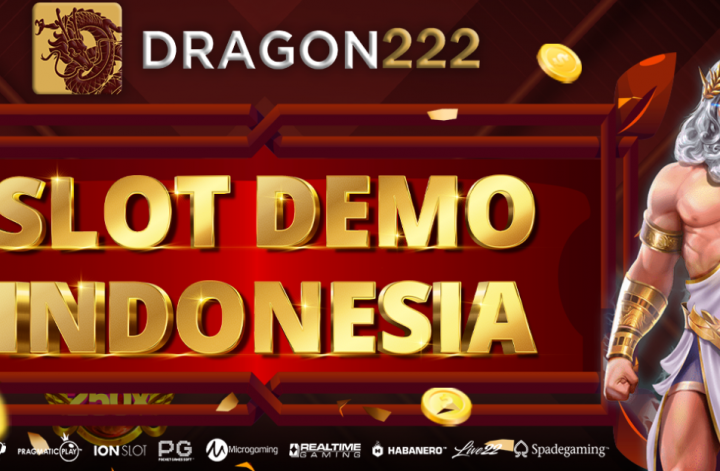To take one example,, say a tournament had 100 entrants consisting of 10 tables of 10 people. The entry fee is £ 10. The total prize pool is 1000. Within this specific championship, the top few finishers at each table advance to another stage. The winner at every table receives 1% of the prize pool or $10, second place gets 1/2% or $5 while third place receives nothing but still advances to another stage. Level one ends with 30 of the original 100 players advancing. The 10 table winners are currently searching for free, having won back their entry fee.
Level 2 consists of 3 tables of 10 players. The top 3 finishers advance. Every one of the 3 table winners receives 2 percent of the prize pool or $20, second place receives 1% or $10, third place receives nothing but does advance. At the very first 2 levels, there is the potential for 26 players to get some prize funds. From the regular 100 player multi table tournament only 10 players divide up the prize pool.
Nine players now advance to the ultimate table CMD368.
If a player was able to win at his desk at each level, he’d win a total of $280. In a common multi table tournament, first prize will be 30% or $300. The prize payouts are almost the very same but a larger number of gamers are able to get a piece of this pie. Below this instance of a shootout tournament, 30 players advance with a chance to capture part of 35 payouts, i.e 20 at level one, 6 at level 2, and 9 at the last table.
The best thing about the type of tournament structure is it brings into play all the skills essential to develop into truly skilled poker player. These capabilities are the ability to plays heads up, the capacity to play short handed, and the ability to read people well, the ability to play very consistently and above all, the ability to win.
Latest multi table tournaments constantly strive to keep nearly full tables as players are eliminated. It is very infrequent that a table will have less than 7 players before it is refilled by transferring players from some other tables. That usually means that a player has to play in a short handed table (a brief handed table is understood to be a table of 5 or 6 players) until reaching the final table. Nor does a player ever have to play heads up against another player in a multi table tournament unless he is clearly one of those two remaining people in the championship game. Without doubt, the truly skilled poker player knows how to play with a short handed table and heads up play nicely. But these skills only come in to play for all those players who create the last table at the current multi table tournament structure. The truth is that present Freestyle championship structure favors the player who is able to engage in well enough to survive and outlast the field. Outlasting the field does not necessarily involve playing optimum poker.
Under the shootout format, the capacity to read the player gets more crucial. The capacity to recognize tells and betting patterns becomes even more important. The capacity to attack another player’s weakness will become easier as the table is slowly whittled down in proportions. The should play for hours and hours over several days is eliminated. Present multi-table tournaments are somewhat like running a marathon. A Shootout tournament is more analogous to a 10k run.
In other words, current multi-table tournaments
penalize
great players like Doyle Brunson or T.J. Cloutier. A person in their 60’s or 70’s can not be expected to get the stamina to play 10 to 15 hours per day for several days. These tournaments favor the young. However, the 20 something year old player may possibly well not be the best participant. Under the shootout format, it can take 6 or 8 hours to play down to one winner if the blinds are increased every hour. The ability to focus, concentrate and play superior poker comes more to playwith. Age and stamina becomes less of an element.
The shootout format also benefits the newer player. It supplies the newer player more chance to play at short handed situations and heads up conditions. In addition, it requires all players of any skill level to get better at reading people. Undercurrent tournament structures, because the blinds start to rise to larger amounts, a method of only playing the strongest 8 or 10 starting hands becomes more predominant. The capacity to bluff is greatly reduced while the table is perpetually being refilled with new players whose playing style is initially not known.


